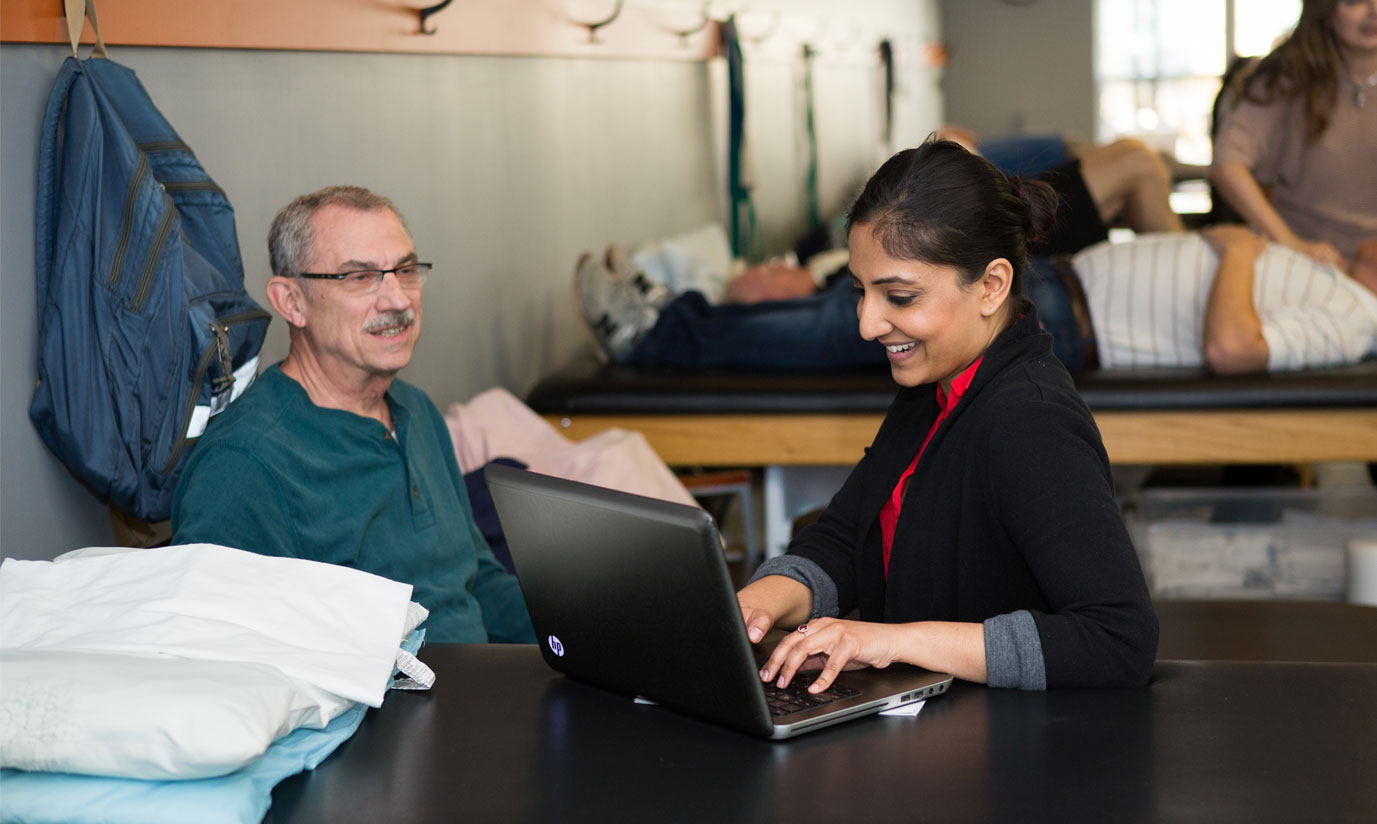
GERIATRICS - Assistive Devices, Adaptive Equipment, Orthotics, and Wheeled Mobility for the Older Adult
-
Register
- Non-Member - $200
- PT Member - $120
- PTA Member - $120
- Student - $120
- Post-Professional Student - $120
- Staff - Free!
- *Further discounts may apply once you log in.
The United Nations Convention on Rights of Persons with Disabilities (UNCRPD) states, “Personal mobility and independence are to be fostered by facilitating affordable personal mobility, training in mobility skills and access to mobility aids, devices, assistive technologies and live assistance. According to the United States (US) Census, there are over 10 million Americans over the age of 65 who have difficulty with ambulation. This includes 3.3 million users of wheeled mobility devices, such asmanual and power wheelchairs and electric scooters, and 6.1 million users of ambulation aids, including canes, crutches, and walkers. Use of mobility devices increases with advanced age and has been found to be associated with non-white race/ethnicity, female sex, lower education level, greater co-morbidities, and obesity. The varying degrees of disability and unique requirements of each individual leave many providers and users with the difficult task of determining the best AD to both enhance function and promote safety.
Editor: Barbara Billek-Sawhney, PT, EdD, DPT, GCS
Learning Objectives:
- Identify and discuss determinants to mobility and apply world health organization, international classification of functioning, disability and health framework (ICF) framework to equipment and seating assessment, recommendation, and prescription
- Identify, describe, and differentiate various assistive devices (ADs) and adaptive equipment and determine appropriate assessment, prescription, and maintenance
- Discuss orthoses commonly utilized by older adults
- Identify, describe, and differentiate various wheeled mobility options and determine appropriate assessment, prescription, and maintenance for the older adult population
- Identify and describe the roles of interprofessional team members involved in equipment and seating process
- Discuss and explain issues related to funding and appropriate documentation and prescription of equipment and seating
- Synthesize knowledge of device prescription via case studies
Laura Driscoll
PT, DPT, GCS
Dr. Driscoll received her Bachelor of Science in Health Studies and Master of Science in Physical Therapy from Boston University, as well as her Doctorate in Physical Therapy from the MGH Institute of Health Professions. Since 2001, she has worked with Beth Israwl Deaconess Medical Center in Boston as an acute care physical therapist. In 2014, she transitioned to academia full time as a Clinical Assistant Professor in the DPT program at Boston University, while maintaining active per diem status at BIDMC. She is the primary instructor of Clinical Medicine and the DPT Academic Practicum experiences, as well as assisting in the Cardiopulmonary laboratory and Comprehensive Clinical Reasoning course. She presents yearly at Boston University as well as Simmons College on delirium and early mobility in the ICU. Sheholds an additional role at BU as the Director of Faculty Diversity and Inclusion for the College of Health and Rehabilitation Sciences: Sargent College and is currently pursuing a PhD in Gerontology at the University of Massachusetts, Boston.
Erin Riley
PT, DPT, NCS
Dr. Riley received her Bachelor of Science in Health Studies (2002) and Master of Science in Physical Therapy (2004) from Boston University, as well as her Doctorate in Physical Therapy (2007) from the MGH Institute of Health Professions. Since 2007, she has practiced at Spaulding Rehabilitation Hospital in Charlestown, MA as an inpatient rehabilitation physical therapist. After 2 years on the physical therapy faculty at the MGH Institute of Health Professions,she joined the Boston University physical therapy faculty in 2014 as a Clinical Assistant Professor and co-Director of Clinical Education. Her areas of clinical expertise include traumatic brain injury, disorders of consciousness, and complex neurological diagnoses. She is a co-author of the APTA PTNow Guillain-Barre Syndrome clinical summary and has also presented in the areas of utilizing social media and technology to bridge the classroom and clinical environments.
Course Instructions
- Click on the Contents tab to watch the course recording.
- Click the Take Quiz button to complete the assessment. Learners will have 3 attempts to pass and must answer at least 70% of questions correctly.
- Click the View/Print Your Certificate button under the Certificate listing. You can view/print your certificate at any time by visiting the APTA Learning Center and clicking the CEU Certificate/Transcript link on the left-hand side of the page.
Need Assistance?
For assistance logging in, accessing activities, claiming credit, or for other questions or concerns, please e-mail learningcenter@apta.org.



